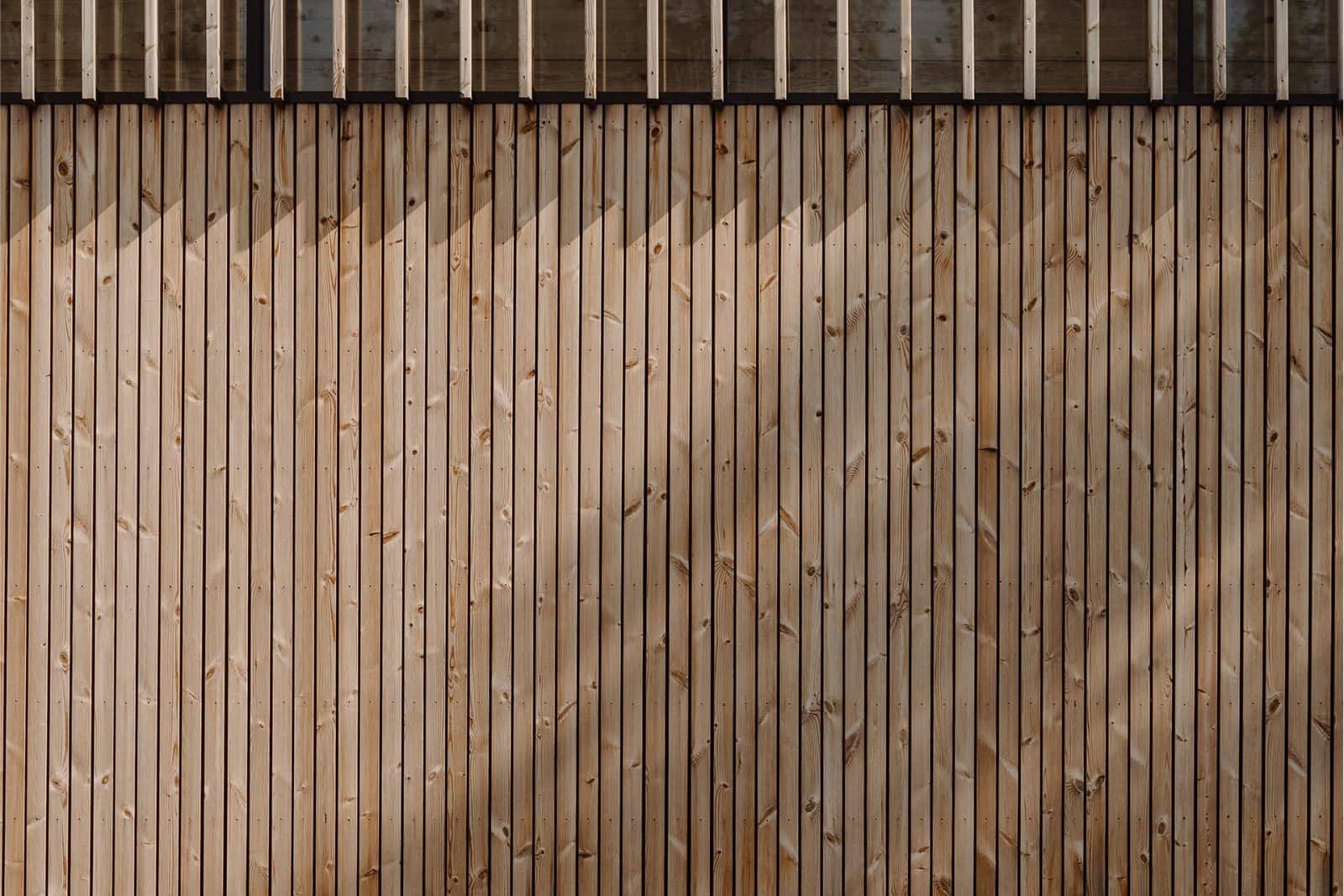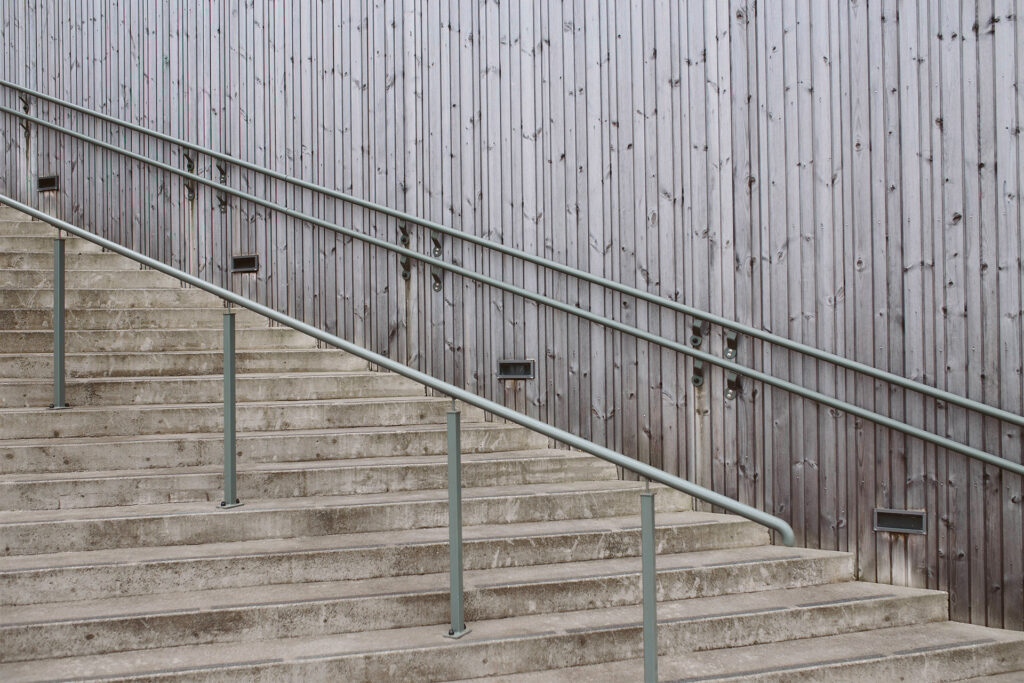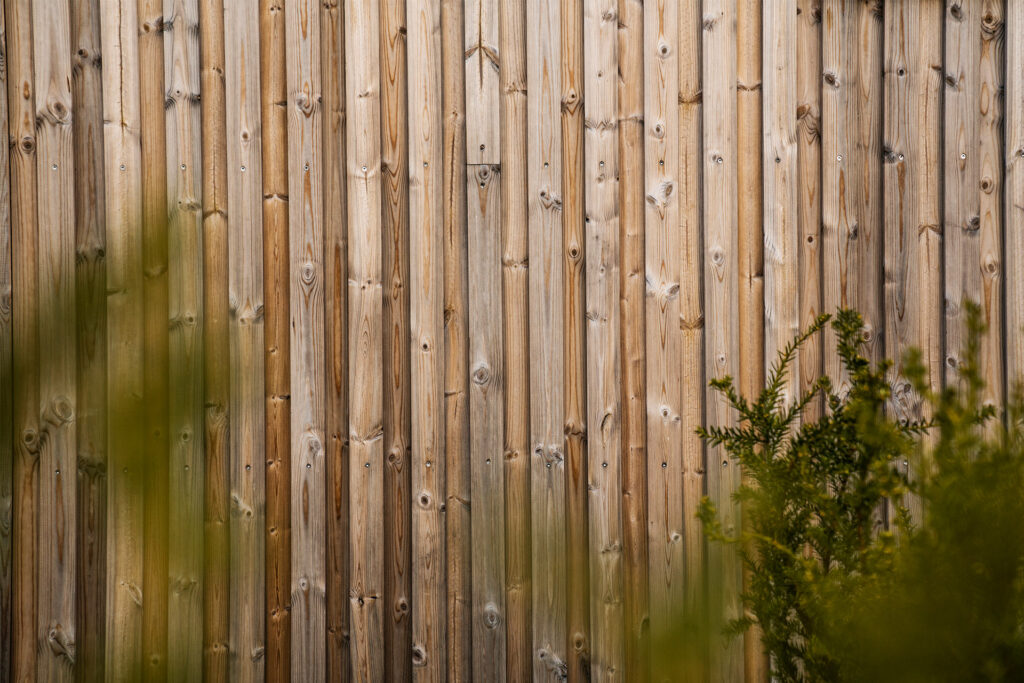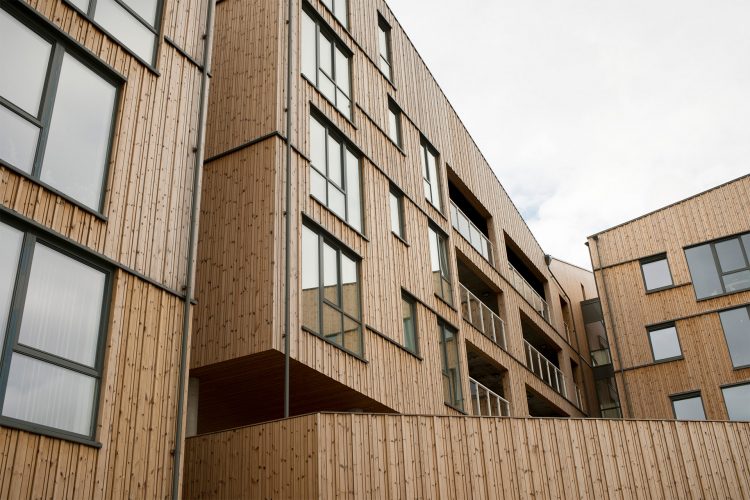The demand for high-quality wood material is still in an upward trend. In addition to the long-term price increase, the depletion of stocks of Siberian larch creates pressure for the customers looking for alternatives.

Siberian larch has been a popular siding and decking material in Europe, but sanctions on Russian wood have created a significant gap in the market. In addition to its good properties, the availability of this material and its affordable price have also spoken in favour of Siberian larch. However, stocks of Siberian larch are rapidly decreasing, and the situation is not expected to improve quickly. So, it is high time to look for alternatives like thermowood.
“The severity of the situation will probably become more acute in the first half of next year when stocks of Siberian larch from importers stocks will be fully depleted. Now is the high time for specialized wood dealers to seek for alternatives to Siberian larch and make the transition smooth for their customers. In Thermory we have made significant thermal modification capacity expansions last year. Thanks to that our inventory and delivery capacity are good and we are finally able to develop business with new markets and customers, who are already actively looking for alternatives to Siberian larch,” commented Thermory’s Sales Director Katrin Reinaste-Parve.
In terms of properties, thermally modified pine is an equal opponent to Siberian larch. In addition to the similar aesthetic appearance, thermo-pine is also competitive in terms of its technical indicators.
Due to the region’s cold climate, Siberian larch grows extremely slowly, but these unfavourable growing conditions give the wood many useful properties, especially for outdoor use. Namely, Siberian larch has a naturally good durability class.
Nevertheless, the same applies to the raw material we use for our thermo pine – wood grown in the Nordic climate is dense, and thermal modification gives it even better durability and dimensional stability compared to larch. Thermo-pine has durability class 2, which means 15+ years of rot resistance. The advantage of thermally modified pine is definitely its dimensional stability.

Wimex is part of the Moland group, one of Scandinavia’s leading suppliers of building materials and for many years, the Siberian larch has been one of Wimex’s most sought-after products, as it is easy to process and maintain, as well as enjoying a long shelf life.
“I am quite convinced that we will be offering way more thermowood in the future as an alternative to larch. Thermowood is a very strong alternative quality-wise,” says Søren Østergaard, Division Manager for Wimex.
Demand and supply of wood, which had become volatile during the pandemic, stabilized in the beginning of the year, but this balance did not last long.
The availability of Siberian larch has usually been good, and due to good availability and large supply volumes, its price has tended to be on the lower end of the scale. Depletion of stocks has also led larch prices to rise, and customers have developed a strong need to find alternatives.
Thermowood is generally more expensive than the unmodified alternatives, but the general increase in wood prices and the shortage of larch have reduced the price gap. Good availability and competitive price that is equivalent to larch, both speak in favour of thermo-pine.
When assessing the sustainability of wood, it is now necessary to distinguish between conflict and conflict-free material. Especially in the Nordic countries, but also in other parts of Europe, the resale of Siberian larch has declined for ethical reasons, and other local tree species such as pine are used as an alternative. For example, in the wake of the EU’s approval of the import ban on Russian raw materials, the Danish supplier Wimex chose to stop all purchases of Russian products and so did all the Nordic DIY and timber merchants.

PEFC defines wood from Russia and Belarus as conflict wood and therefore cannot be used in PEFC-certified products. The FSC also recently announced that all certificates in Russia and Belarus that allow the sale or promotion of FSC products will be suspended or terminated. In addition, all sourcing of controlled timber from these two countries has been suspended.
Thermory can offer thermo-pine with the Nordic Swan Ecolabel environmental label. This means that wood comes from responsibly managed forests, is chemical-free and very durable in outdoor conditions.

Enhance your walls with Thermory’s durable and surprisingly easy-to-install Benchmark pine cladding, with decades of rot resistance, unrivaled dimensional stability and a naturally beautiful appearance featuring distinctive knots.
We can offer our thermo-pine with the Nordic Swan Ecolabel. Wood carrying this Ecolabel comes from responsibly managed forests, is chemical free and offers great durability in outdoor conditions.